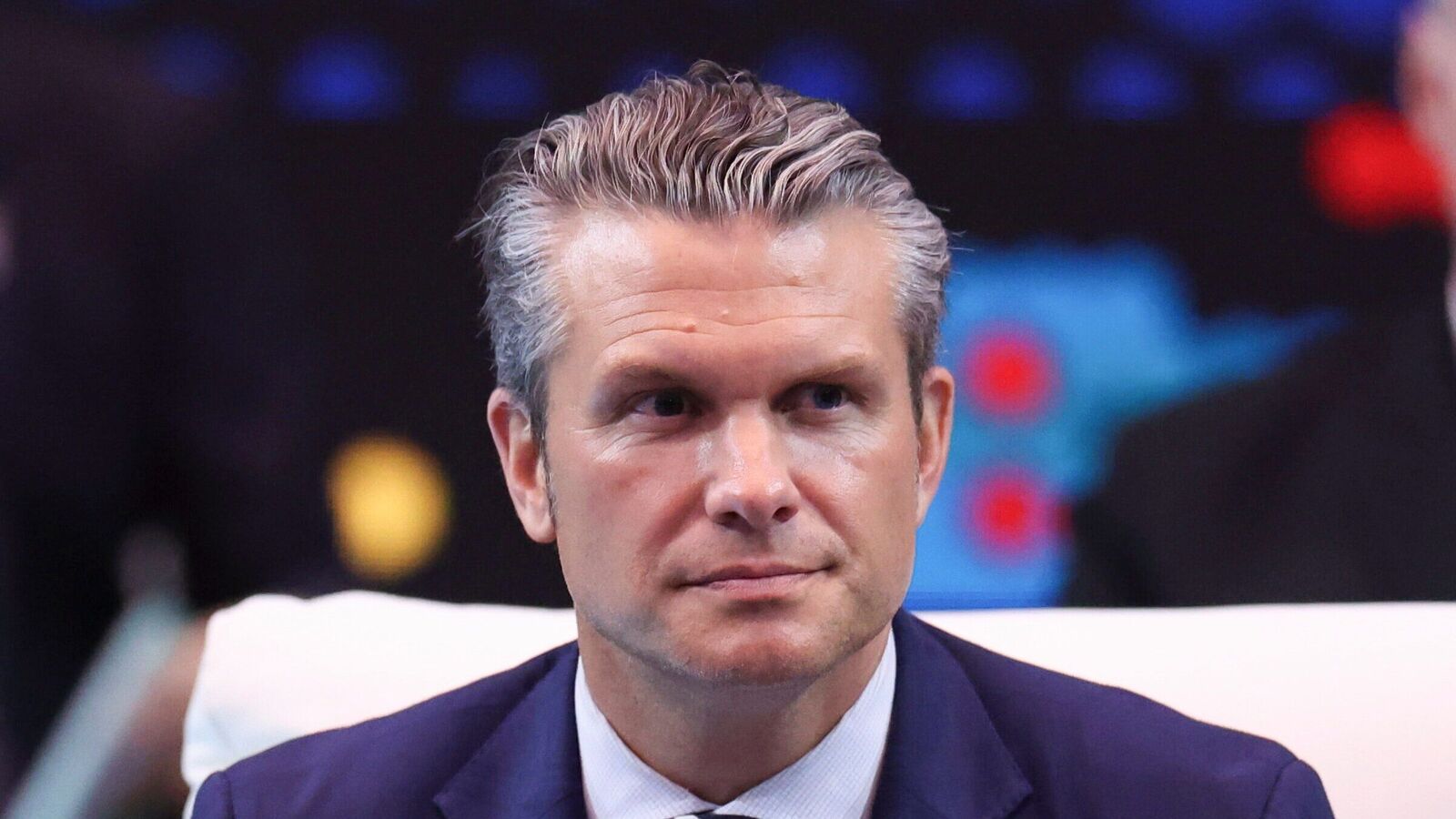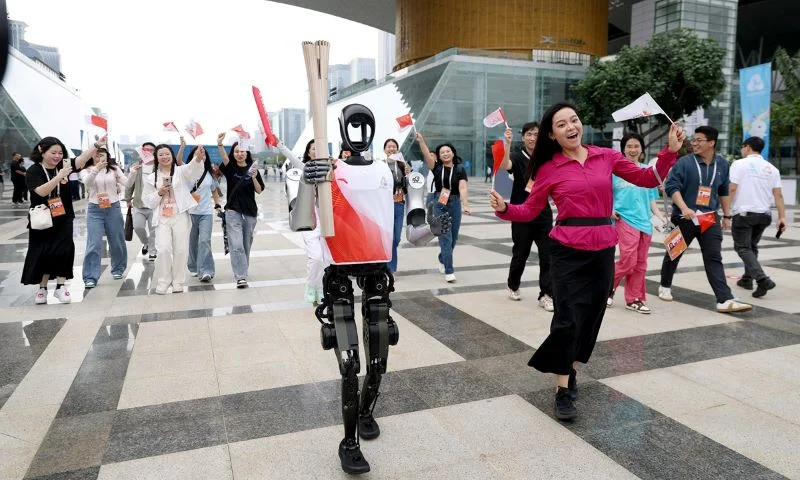The temperature between Washington and Beijing seems to be shifting — not rising this time, but softening. US Defence Secretary Pete Hegseth on Sunday announced that the United States and China would soon open military-to-military communication channels, describing bilateral ties as “never been better.”
The statement, posted on X, followed his meeting with Chinese Defence Minister Admiral Dong Jun on the sidelines of a regional security summit — and came just hours after Pete Hegseth had delivered one of Washington’s toughest warnings yet to China over its actions in the South China Sea.
Are the US and China really turning a corner?
“I spoke with my Chinese counterpart late Saturday,” Hegseth said, adding that both sides agreed that “peace, stability and good relations are the best path for our two great and strong countries.”
His optimism reflected a rare moment of warmth in a relationship long strained by trade disputes, technology bans, and military tensions in the Pacific.
Hegseth said he also briefed President Donald Trump following the meeting. The two leaders, he added, were united in their belief that “the relationship between the US and China has never been better.” Donald Trump’s recent meeting with Chinese President Xi Jinping in South Korea, he said, had “set the tone for everlasting peace and success for the US and China.”
From warnings to warm words — what changed?
The conciliatory tone marked a sharp pivot from Hegseth’s remarks earlier the same day, when he urged Southeast Asian nations to strengthen their maritime forces against what he called China’s “destabilising” actions.
“China’s sweeping territorial and maritime claims in the South China Sea fly in the face of their commitments to resolve disputes peacefully,” he told defence ministers from the Association of Southeast Asian Nations (ASEAN).
“We seek peace. We do not seek conflict. But we must ensure that China is not seeking to dominate you or anybody else,” he warned.
That contrast — stern behind the podium, conciliatory online — underscored Washington’s delicate balancing act: deterring Beijing without derailing the fragile thaw.
Why the South China Sea still looms large
Few flashpoints capture the fragility of Asian diplomacy like the South China Sea. Beijing claims nearly the entire region, brushing up against the territorial boundaries of the Philippines, Vietnam, Malaysia and Brunei.
The US, meanwhile, has accused China of militarising the waters, ignoring international rulings, and intimidating neighbours. Hegseth said Beijing’s recent declaration of the Scarborough Shoal — seized from the Philippines in 2012 — as a “nature reserve” was “yet another attempt to coerce new and expanded territorial and maritime claims at your expense.”
He urged ASEAN to finalise the long-delayed Code of Conduct being negotiated with China and proposed creating a “shared maritime domain awareness” network so that “any member facing aggression and provocation is not alone.”
Beijing fires back
China, unsurprisingly, was not amused. Officials accused Washington of interference and said the US military presence in the region was the real threat to peace.
Tian Junli, spokesperson for the People’s Liberation Army’s Southern Theater Command, slammed a recent joint naval drill involving the Philippines, the US, Australia and New Zealand as a provocation.
“It further proves that the Philippines is the troublemaker in the South China Sea issue and a saboteur of regional stability,” Tian said.
Two voices, one strategy?
Analysts say the mixed messages coming from Hegseth’s weekend statements reveal the dual nature of US-China relations — competition laced with cautious cooperation.
“This is damage control. More importantly, it reflects two different currents in US relations with China — one that sees China as a threat and another a possible partner,” said Southeast Asia expert Bridget Welsh.
For now, both Washington and Beijing appear willing to talk — if only to prevent the next crisis before it begins.


